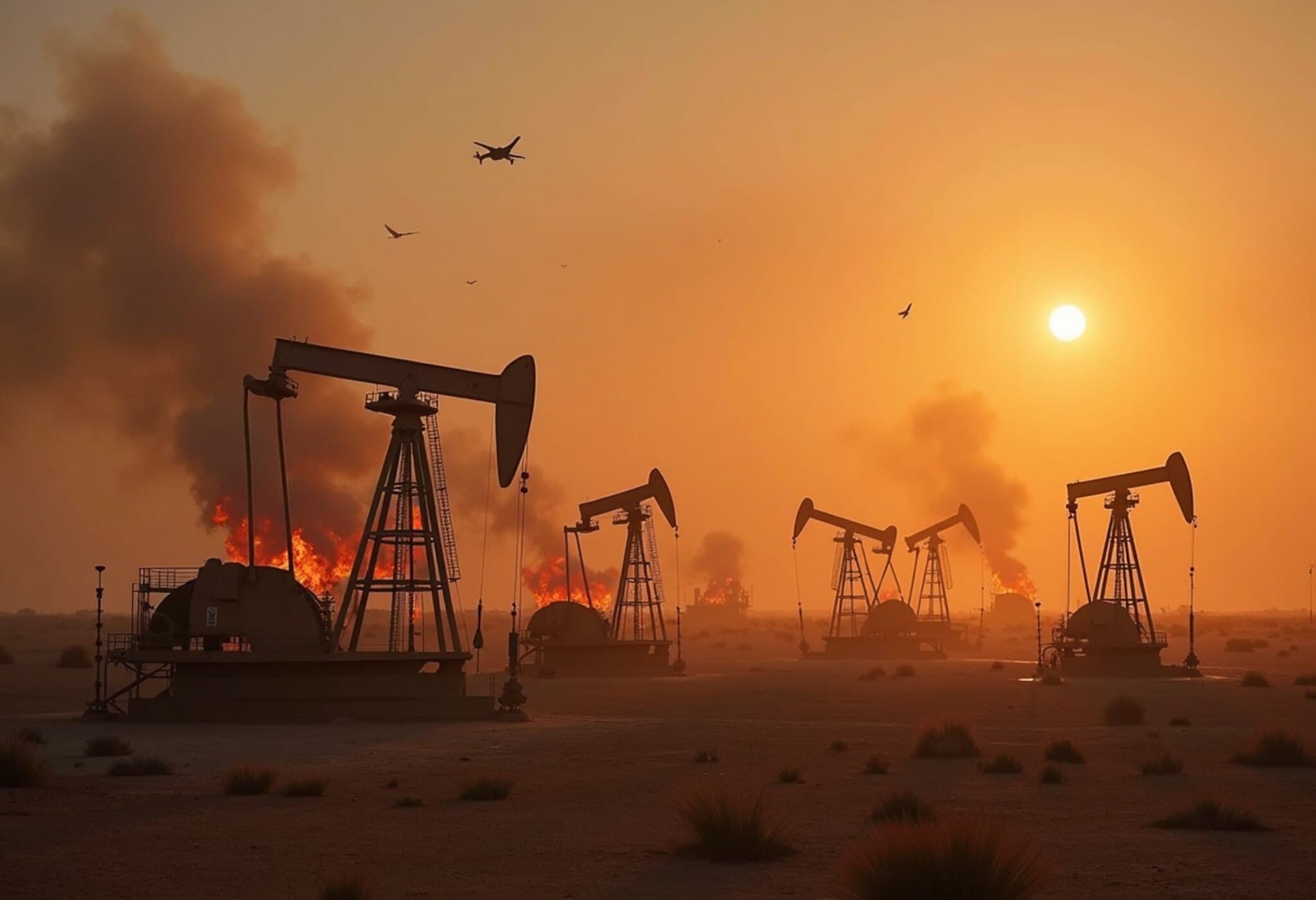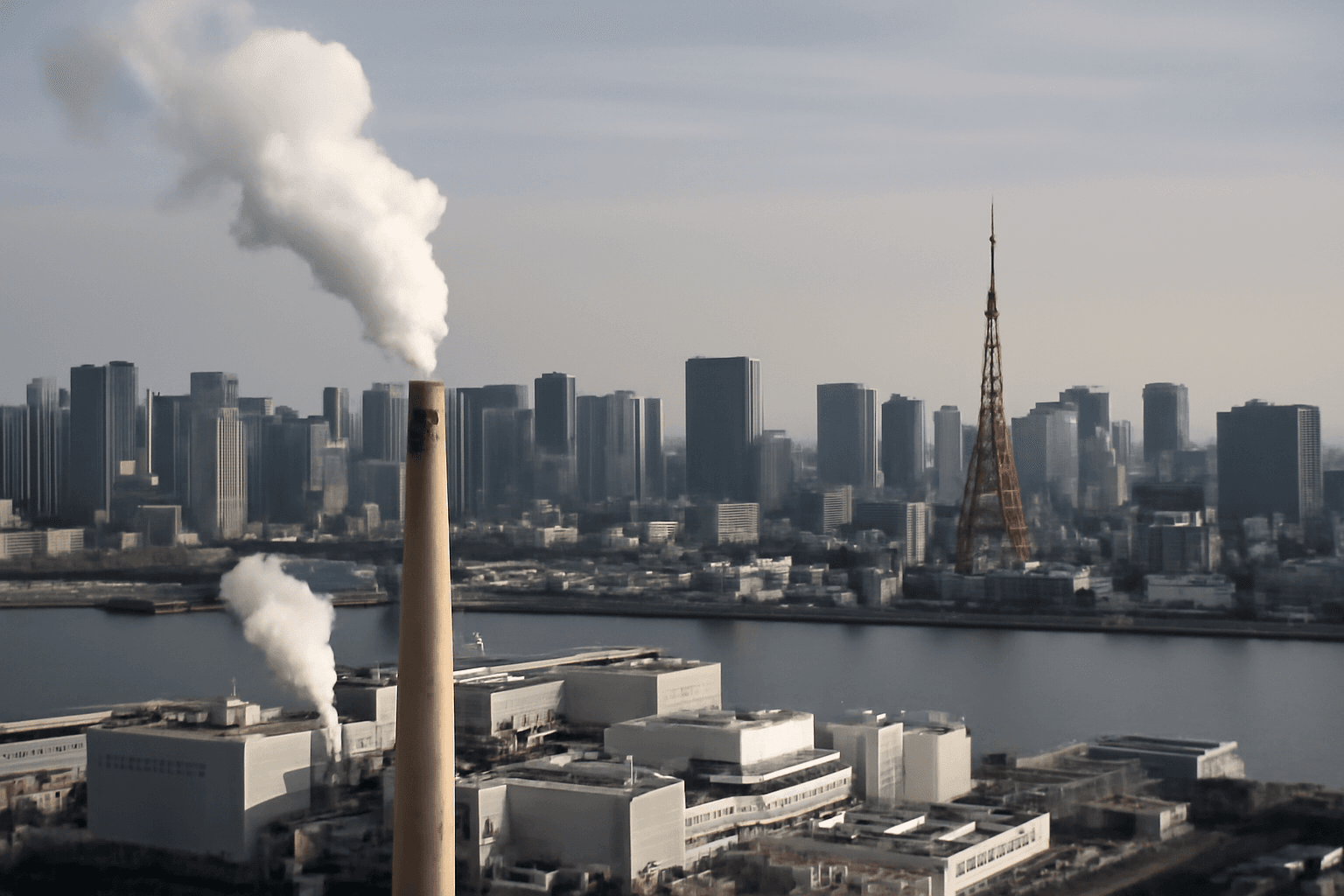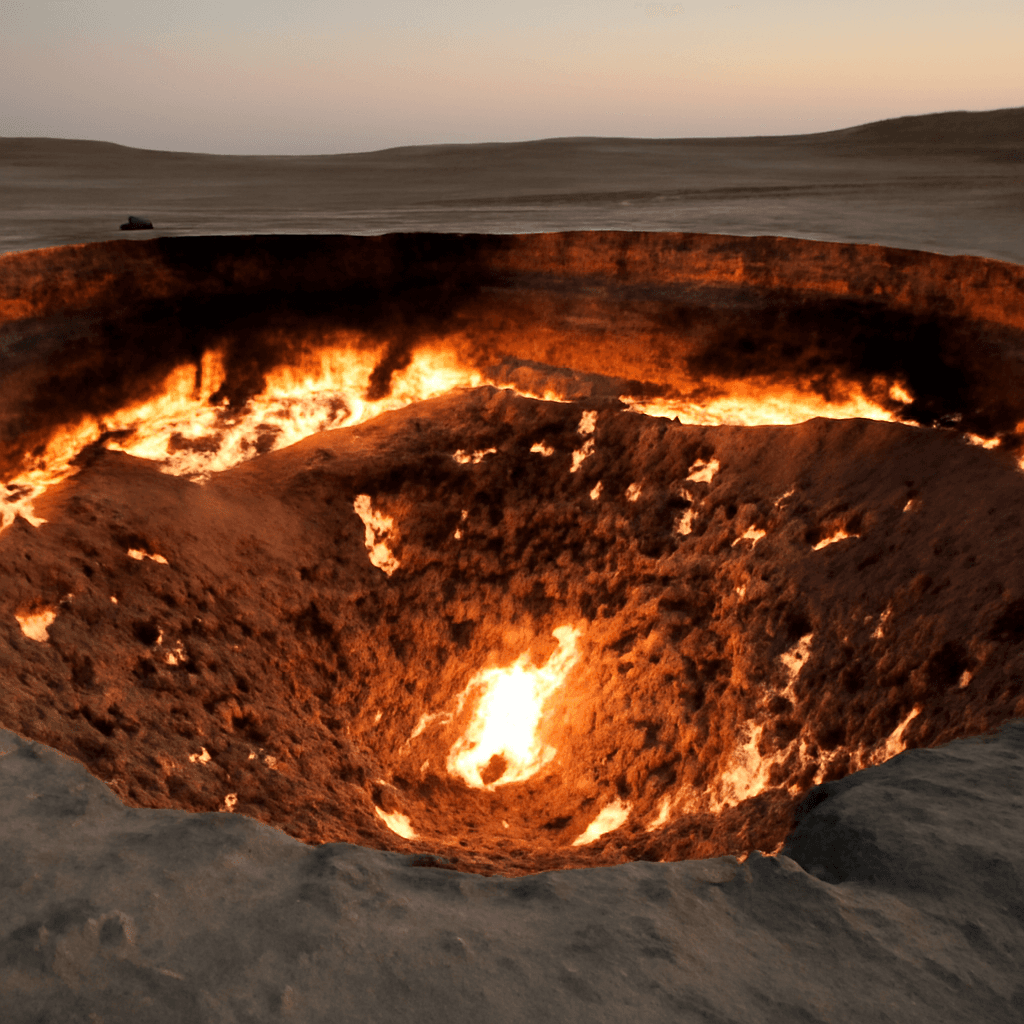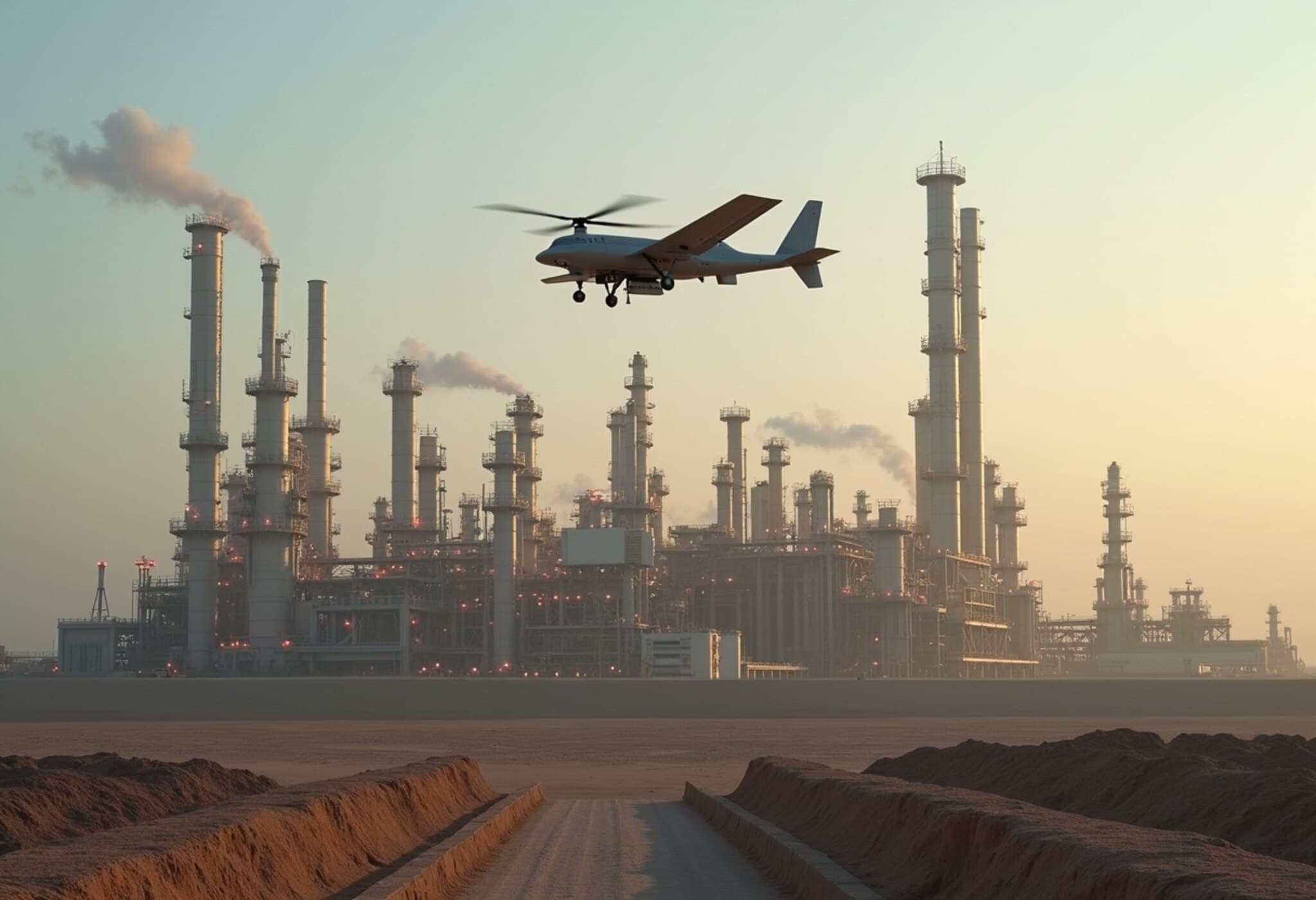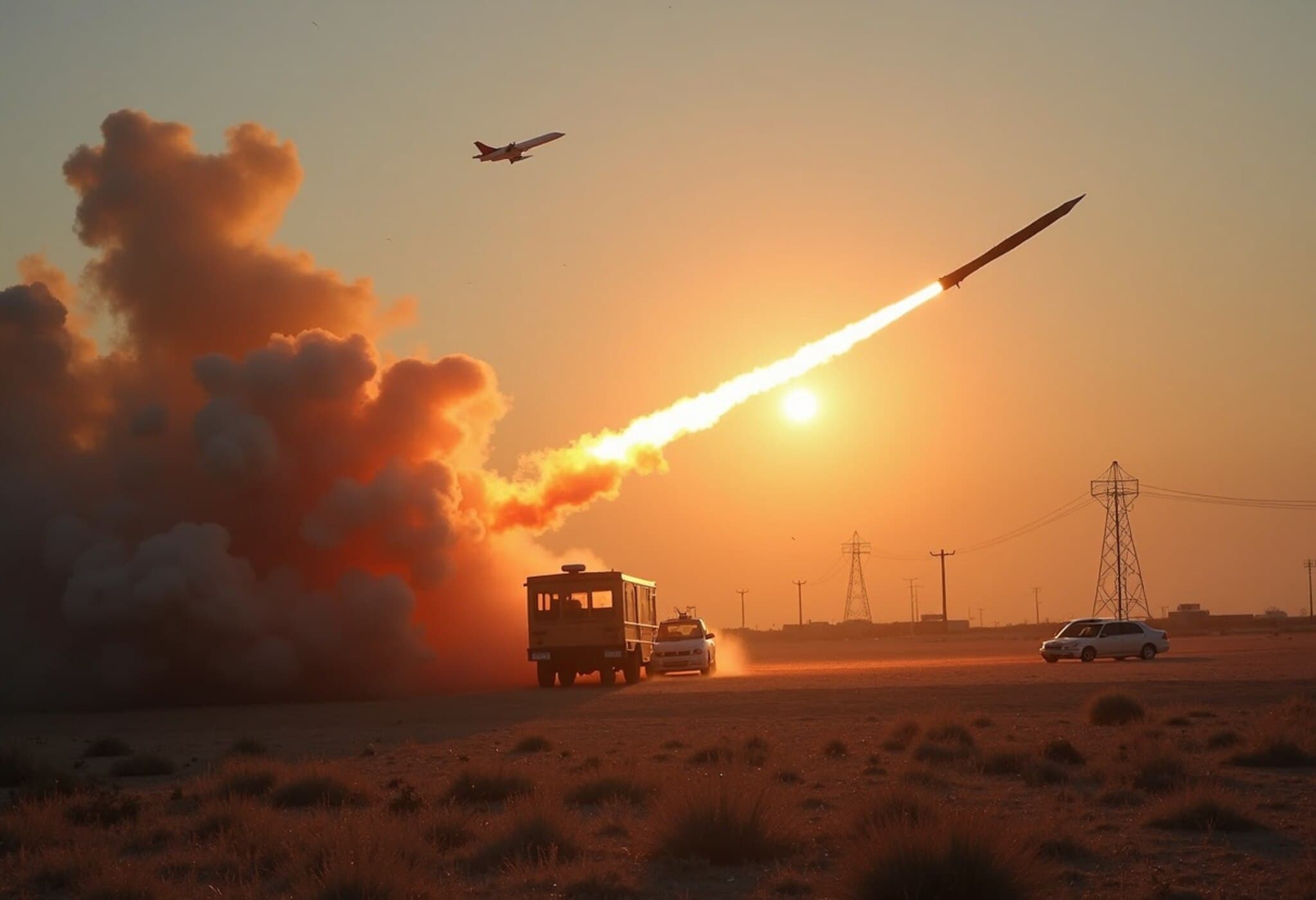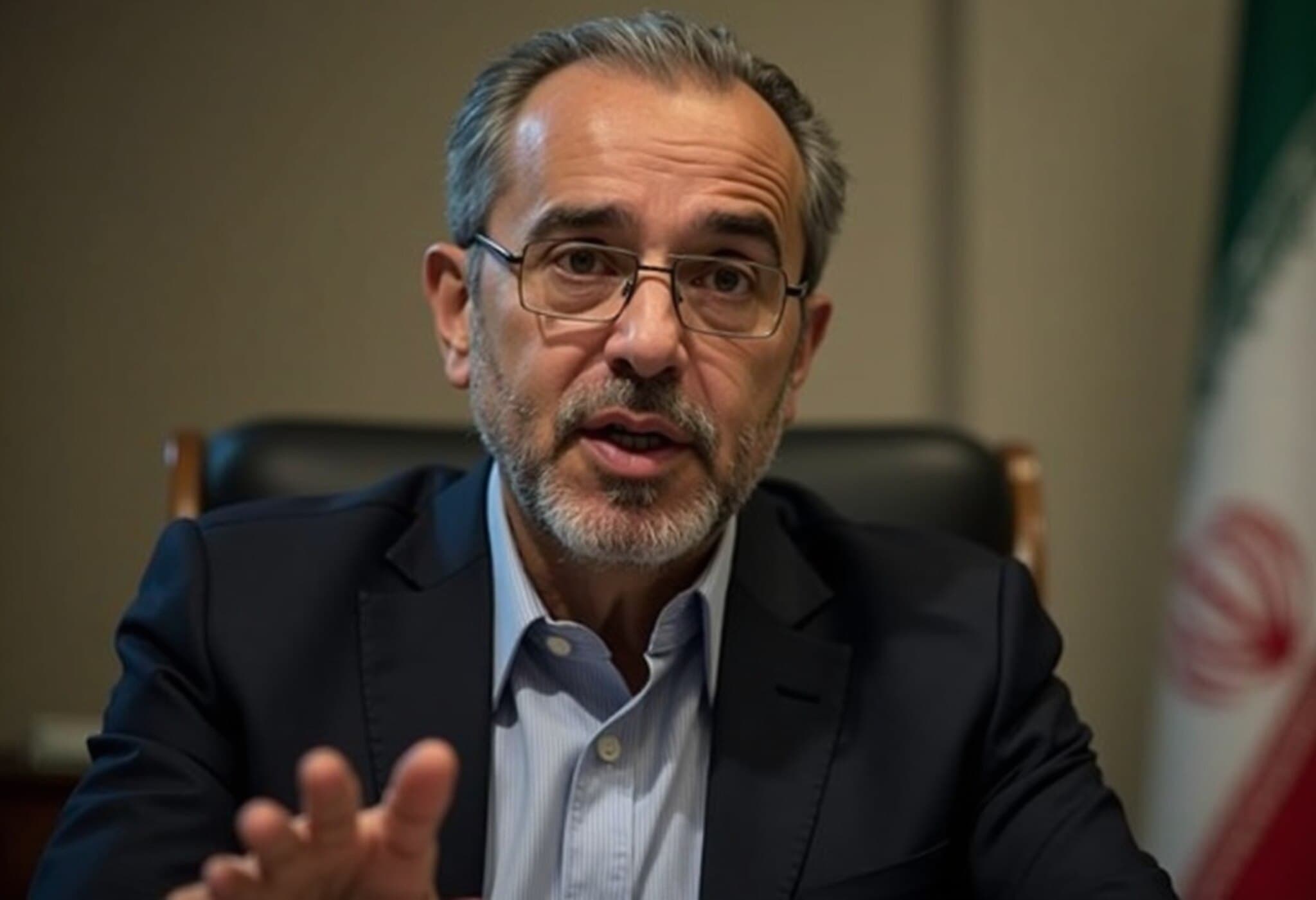A Fiery Strike Shuts Down Iran's South Pars Gas Field
In the early hours of a recent Saturday, a massive blaze erupted over Iran’s South Pars gas field following an Israeli drone strike on its critical Phase 14. Within minutes, the attack halted approximately 12 million cubic meters of daily natural gas production, sending shockwaves through regional energy networks and reviving memories of a much darker chapter in Middle Eastern history.
The 1991 Kuwait Oil Fires: A Catastrophe Engulfed in Smoke
Back in February 1991, during the closing stages of the Gulf War, Iraqi forces engaged in a scorched-earth retreat from Kuwait, deliberately igniting over 600 oil wells. These infernos cast a sinister orange glow across the desert, turning the sky black with thick smoke that lingered for months. The environmental and economic fallout was momentous, making it one of history’s largest man-made disasters.
Operation Desert Storm and the Reckless Retreat
As coalition forces pushed Iraqi troops out of Kuwait, the latter resorted to sabotage—using explosives and traps to ignite sprawling oil fields. The resulting conflagrations were both a tactical weapon and an environmental nightmare. Oil-spewing wells produced towering flames, some reaching hundreds of feet high, that defied extinguishing efforts for nearly nine grueling months.
An Unprecedented Environmental Crisis
- Up to five million barrels of oil burned each day.
- Spilled oil pooled into vast lakes and leaked into the Persian Gulf, creating massive slicks.
- The toxic fallout contaminated ecosystems, killing wildlife and poisoning land and sea.
Kuwaiti scientists and engineers who witnessed the blasts still recall the haunting sounds of roaring flames and the sight of animals trapped in poisonous oil. The destruction extended beyond the environment: refineries, terminals, and infrastructure were deliberately torched, crippling Kuwait’s oil industry.
Resilience Amid the Flames: The Human Toll and Recovery
For Kuwait’s citizens, the war lingered long after tanks withdrew. The daylight was perpetually dimmed, visibility often reduced to mere meters by choking smoke. Engineers like Sara Akbar, later recognized for their efforts, braved hazardous, mine-riddled zones to extinguish fires and restore vital energy production under harrowing conditions. International firefighting teams arrived from several countries, employing innovative methods—such as jet-engine-powered vehicles nicknamed "Big Wind"—to quash the blazing wells.
Enduring Scars and Global Lessons
While firefighting teams ultimately capped the last well in November 1991, the damage endured for decades. Oil lakes and scarred landscapes remain visible from the air, public health issues among responders persist, and Kuwait’s fragile desert environment is still rebuilding.
These devastating events reshaped international dialogue on warfare’s environmental impact, inspiring the United Nations to establish the International Day for Preventing the Exploitation of the Environment in War and Armed Conflict on November 6—commemorating the extinguishing of Kuwait’s last oil fire.
Parallels and Implications for Today
The recent assault on Iran’s South Pars gas facility strikingly mirrors the tactical and environmental devastation wrought during the Kuwait fires three decades ago. Both episodes involve strategic targeting of energy infrastructure, igniting flames that not only disrupt production but also risk widespread ecological harm and contribute to regional instability.
As the Middle East grapples with ongoing conflicts and energy vulnerabilities, these fiery episodes serve as stark reminders of the intertwined fate of geopolitics and the environment.

